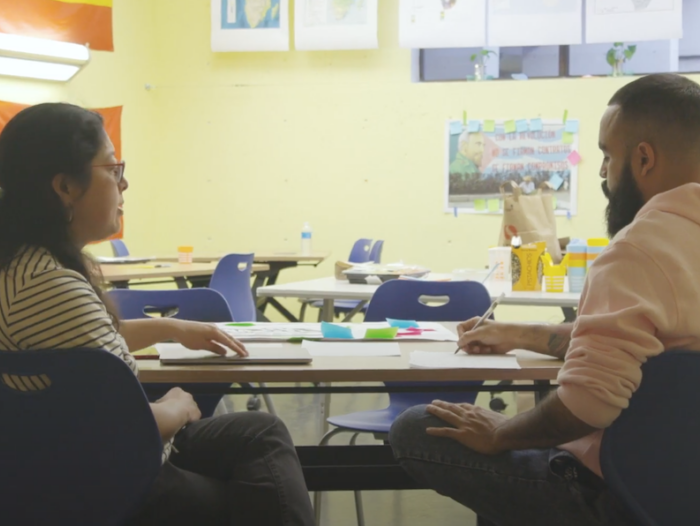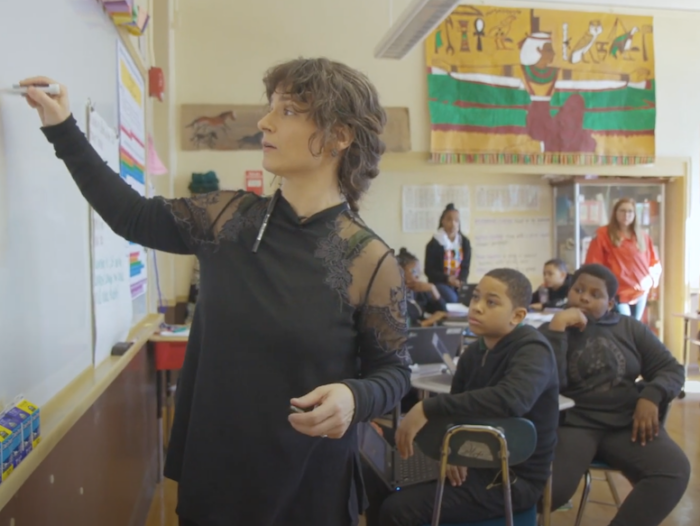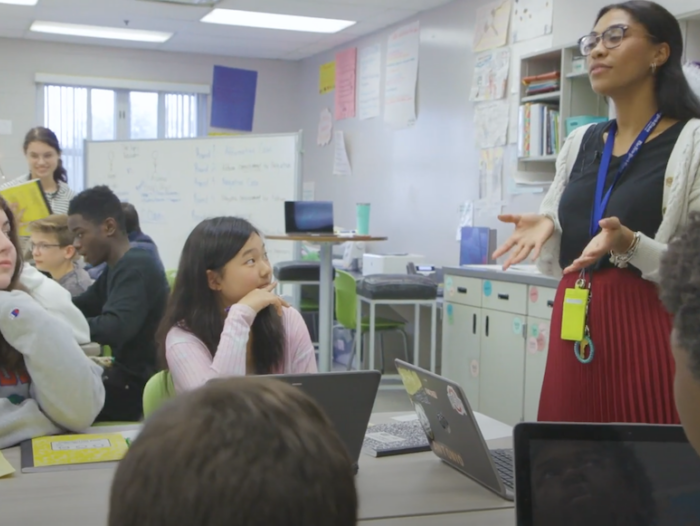Something Different Film Facilitator’s Guide
No matter how much time you have, you can use this film as a tool for creating change.
This Facilitator’s Guide has all the information you need to organize a screening and lead a discussion in your school or community.
In addition to this guide we have also created two tools you can share with your discussion participants: a notetaking tool to use when watching the film, and a slideshow that you can customize and project during discussion. You can also print the slideshow to be a discussion handout.
To start, think about the audience you want to share the film with and the venue you’ll use. Consider how much time you’ll have for your session(s) and whether you’ll ask audience members to view the film on their own or with you. Then, peruse the sample agendas below to see which works best for your session.
In the next part of this guide, you’ll see that we have identified six key themes in the film and built discussion questions for each of these themes. Most likely, you won’t have time to talk about all of these questions in your session. The sample agendas below will give you a sense of how many themes you’ll likely be able to discuss.
| Suggested Agenda for 60 minute session (participants watch movie beforehand) | |
| Be sure that audience members have had ample time to watch the film before they arrive for the discussion. Before the event, consider which discussion topics are most important for your context, or poll participants on their top themes. Choose the top three themes you want to discuss; choose a fourth topic in case the discussion for the first three is shorter than you expected. Make sure that you have prepared the materials you’ll need. (See our slideshow, which you can print to create a handout for the discussion.) | |
| 5 minutes | Introduce yourself, the purpose of the event, and the format of the discussion. |
| 15 minutes | First discussion topic. Be sure to leave enough time for “What now?” |
| 15 minutes | Second discussion topic. Be sure to leave enough time for “What now?” |
| 10 minutes | Third discussion topic. Be sure to leave enough time for “What now?” |
| 5 minutes | Introduce the “Call to Action” and ask participants to consider their commitment. |
| 10 minutes | Ask participants to share the “Monday” action they plan to take. |
| Suggested Agenda for 75 minute session (participants watch movie beforehand) | |
| Be sure that audience members have had ample time to watch the film before they arrive for the discussion. Before the event, consider which discussion topics are most important for your context, or poll participants on their top themes. Choose the top three themes you want to discuss; choose a fourth topic in case the discussion for the first three is shorter than you expected. Make sure that you have prepared the materials you’ll need. (See our slideshow, which you can print to create a handout for the discussion.) | |
| 5 minutes | Introduce yourself, the purpose of the event, and the format of the discussion. |
| 20 minutes | First discussion topic. Be sure to leave enough time for “What now?” |
| 20 minutes | Second discussion topic. Be sure to leave enough time for “What now?” |
| 15 minutes | Third discussion topic. Be sure to leave enough time for “What snow?” |
| 5 minutes | Introduce the “Call to Action” and ask participants to consider their commitment. |
| 10 minutes | Ask participants to share the “Monday” action they plan to take. |
| Suggested Agenda for 75 minute session (including film screening) | |
|---|---|
| Be sure that the technology you’ll be using to screen the film is cued up and ready to go. Before the event, consider which discussion topics are most important for your context, or poll participants on their top themes. Choose the top two themes you want to discuss; choose a third topic in case the discussion for the first three is shorter than you expected. Make sure that you have prepared the materials you’ll need. (See our slideshow, which you can print to create a handout for the discussion. See also our notetaking tool to use when viewing the film.) | |
| 5 minutes | Introduce yourself, the purpose of the event, and the format of the discussion. |
| 35 minutes | Screen the film. Be sure to provide the notetaking tool for participants. |
| 5 minutes | Transition to discussion. |
| 10 minutes | First discussion topic. Be sure to leave enough time for “What now?” |
| 10 minutes | Second discussion topic. Be sure to leave enough time for “What now?” |
| 5 minutes | Introduce the “Call to Action” and ask participants to consider their commitment. |
| 5 minutes | Ask participants to share the “Monday” action they plan to take. |
| Suggested Agenda for 90 minute session (including film screening) | |
| Be sure that the technology you’ll be using to screen the film is cued up and ready to go. Before the event, consider which discussion topics are most important for your context, or poll participants on their top themes. Choose the top three themes you want to discuss; choose a fourth topic in case the discussion for the first three is shorter than you expected. Make sure that you have prepared the materials you’ll need. (See our slideshow, which you can print to create a handout for the discussion. See also our notetaking tool to use when viewing the film.) | |
| 5 minutes | Introduce yourself, the purpose of the event, and the format of the discussion. |
| 35 minutes | Screen the film. Be sure to provide the notetaking tool for participants. |
| 5 minutes | Transition to discussion. Provide a break if needed. |
| 10 minutes | First discussion topic. Be sure to leave enough time for “What now?” |
| 10 minutes | Second discussion topic. Be sure to leave enough time for “What now?” |
| 10 minutes | Third discussion topic. Be sure to leave enough time for “What now?” |
| 5 minutes | Introduce the “Call to Action” and ask participants to consider their commitment. |
| 10 minutes | Ask participants to share the “Monday” action they plan to take. |
| Suggested Agenda for TWO 45 minute sessions (SESSION ONE) | |
| Be sure that the technology you’ll be using to screen the film is cued up and ready to go. Make sure that you have prepared the materials you’ll need. (See our notetaking tool to use when viewing the film.) | |
| 5 minutes | Introduce yourself and the film. |
| 35 minutes | Screen the film. Be sure to provide the notetaking tool for participants. |
| 5 minutes | Tell audience members anything they’ll need to do before Session Two. |
| Suggested Agenda for TWO 45 minute sessions (SESSION TWO) | |
| Before the event, consider which discussion topics are most important for your context, or poll participants on their top themes. Choose the top two themes you want to discuss; choose a third topic in case the discussion for the first three is shorter than you expected. Make sure that you have prepared the materials you’ll need. (See our slideshow, which you can print to create a handout for the discussion.) | |
| 5 minutes | Introduce yourself, the purpose of the event, and the format of the discussion. |
| 10 minutes | First discussion topic. Be sure to leave enough time for “What now?” |
| 10 minutes | Second discussion topic. Be sure to leave enough time for “What now?” |
| 5 minutes | Introduce the “Call to Action” and ask participants to consider their commitment. |
| 10 minutes | Ask participants to share the “Monday” action they plan to take. |
Tips for Your Session
- Don’t let technology trip you up. If you’re screening in person, make sure you have all of the audiovisual equipment you’ll need, including external speakers or connection to a sound system if you are running the film from a laptop. If people are screening at home, make sure they have the link and password well in advance of the session.
- Choose the best format for discussion. For large group discussions, consider having a panel discuss questions from this guide and/or questions from the audience. You might also ask participants to talk in pairs or small groups and then have a few people report to the large group.
- Set some discussion norms, especially if this group does not meet together regularly. Take a few minutes to set common expectations for respectful, open-minded, curious engagement in the discussion. Check out this article for good tips for setting and upholding group norms.
- Make the session more interactive. Utilize technology that allows participants to be part of the discussion even when they’re not speaking. Consider platforms like Poll Everywhere, Padlet, Mentimeter, or Jamboard.
- Leave time for reflection and notes. This film gives viewers a lot to think about, and your discussion will dive into complex and sometimes challenging issues. Give people plenty of time to gather and record their thoughts. (You can print a handout for taking notes using our discussion slideshow.)
- Be prepared to redirect the conversation. Sometimes conversations about creating change in school can focus on what’s not working right now, or what constraints make creating change difficult. But the practices in this film are happening in real schools every day, even in non-ideal situations. Try to keep the discussion focused on what can be done in your school to create change.
- Don’t forget A Call to Action: We hope every reflection or discussion will end with a Call to Action. Leave enough time to give participants a chance to reflect on and share one change that they plan to make. (Our discussion slideshow ends with a slide that you can customize for this purpose.)
Discussion Questions. Before your session, take a look at these questions, organized around key themes from the film. You won’t have time to discuss all of these questions, so think about which are most important for your school. You might also poll your participants to see which themes are most important to them.
We have built a discussion slideshow featuring these questions, with one slide for each theme. We hope you will make a copy of this slideshow to customize for your setting; you can edit, add, or delete slides as needed. You can also print the slides to make a handout for your session.
Building Strong Relationships: To better help her students learn, Neema Avashia at the McCormack Middle School in Massachusetts focuses on relationships: “Students have to know who I am and where I come from. If I want them to be their full selves, I have to show them my full self…. At the core of it, all learning is about relationships.”
- What did you see? What specific practices for building strong relationships did you see in the film?
- What’s already happening? How are students and faculty bringing their full selves to your school each day? How are educators building strong relationships with students, in and out of the classroom?
- Now what? What practices for building strong, authentic relationships would you like to bring into your context?
Taking an Individualized Approach For Equity: Schools often focus on making sure that all students are treated equally. In contrast, Ronnie Moore at Purdue Polytechnic High School in Indiana explains her approach to teaching: “Everybody needs something different, and it’s my job to figure out what that is.”
- What did you see? How did the teachers featured in the film “gather clues” about what their individual students needed? How did they use those clues to support students?
- What’s already happening? What individualized supports for students already exist in your school? Which students could be receiving more support?
- What now? What practices for gathering clues and supporting students could you borrow for your own classroom or school?
Representing All Students in the Curriculum: In her English classes, Sydney Dotson at PSI High in Florida intentionally chooses texts outside the literary canon to expose students to different voices: “When you read something that you see yourself in, it’s exciting. Because it means that, number one, your instructor thinks that experience is valuable because they decided to include it.”
- What did you see? How did the teachers in the film work to ensure that their students felt represented in the curriculum? Which practices resonated with you the most?
- What’s already happening? How are students represented in the curriculum at your school through classes/projects/texts/etc.? Which students are not currently represented?
- What now? How might you make changes to your curriculum to make sure all students are represented? What practices from the film might you borrow?
Bringing Awareness of Real-World Issues: Colin Rose of the Boston Public Schools highlights the importance of having conversations about the challenges our students face, both with our colleagues and in our classrooms: “If we have any chance, then our adults in our buildings need to be aware, comfortable talking about racial equity and then be able to embed that into some of their practices.”
- What did you see? How did the teachers in film confront real-world injustices, biases, and struggles in the classroom? How did they equip students to work to solve those problems?
- What’s already happening? How is your school discussing “the hard stuff” (like race and racism) with students? What supports exist for these challenging conversations?
- What now? What real-world challenges are your students facing? How can you help your students confront those challenges in your classroom or school?
Centering the Student and Community Context: Lillian Hsu explains the way that her team develops curriculum at Latitude High School, asking students, “What’s the fire in your belly? What is it that motivates you? Oftentimes, that goes back to [the students’] roots.”
- What did you see? How did the projects and lessons in the film build on students’ roots and lived experiences? How did different disciplines accomplish this goal?
- What’s already happening? How does your school invite students to bring their roots and lived experiences into the classroom? How is the curriculum rooted in the local context?
- What now? What ideas can you bring back to your classroom and school? How might your curriculum build on students’ roots and lived experiences?
Highlighting Students’ Assets: Angela Daniel at PSI High in Florida states: “Ninth and tenth graders are great at listing their deficits to you. I don’t want to give them any more ammunition.” Instead, she explains, “As soon as I see a nugget of brilliance in them, I accuse them of it a lot.”
- What did you see? How did the teachers in the film help students recognize and appreciate their own strengths? Which practices resonated with you the most?
- What’s already happening? How do you celebrate students’ strengths? How do you balance this asset mindset with identifying gaps in students’ skills and knowledge to help them learn?
- What now? How can you highlight students’ strengths every day, particularly for those students who often hear about their deficits? What practices from the film might you implement?
A Call to Action: Let’s end the discussion with our narrator Justin Reich’s Someday/Monday challenge. Our schools are filled with systemic problems that we can’t fix immediately, but this film is filled with strategies that you can use in your own school today. Here’s one example from Angela: “I can’t control a lot of things. But what I can control is what I’m thinking about a student.”
- What now? What is one “Monday” change that you can make in your classroom or school tomorrow? How do you hope it will help your students learn?
SCREENING TOOLS
FILM NEWS
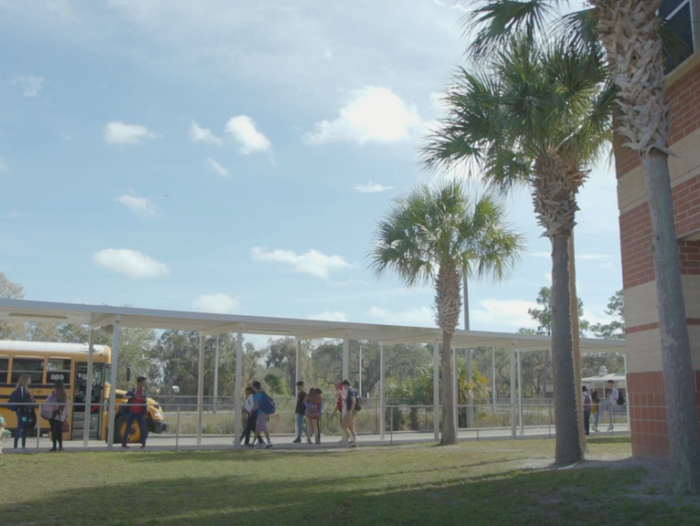
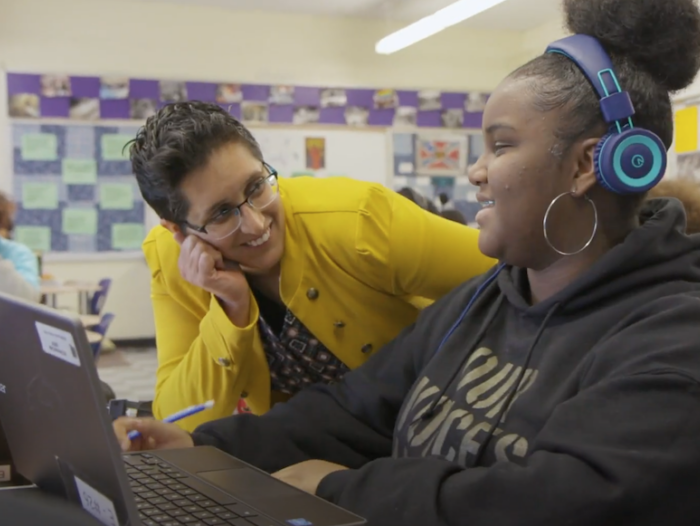
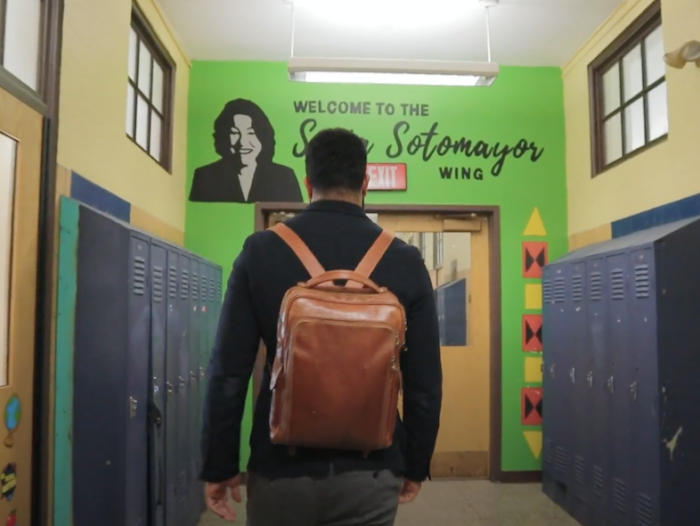
CONTACT US
